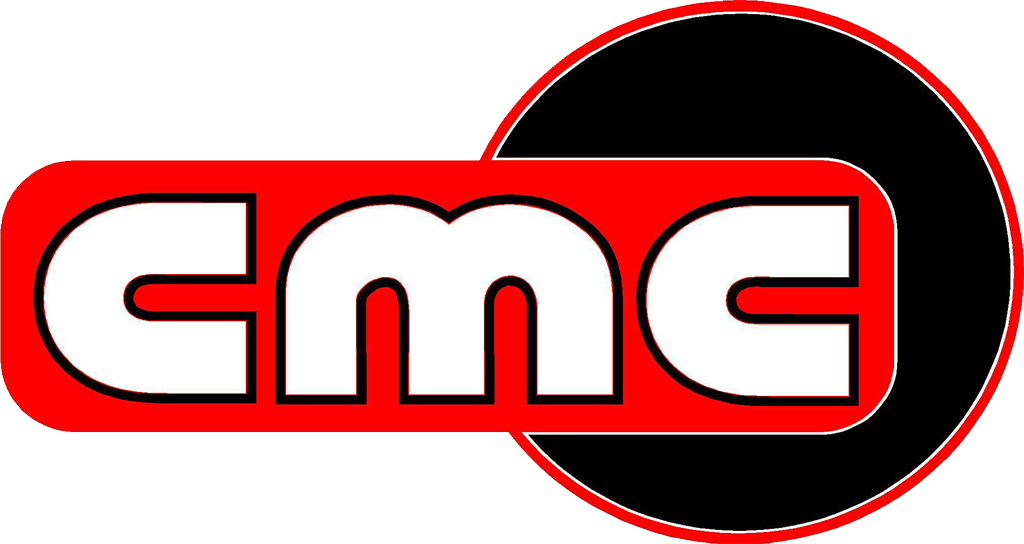As the weather warms up and you start enjoying the sunshine, it’s the perfect time to give your HVAC system the attention it needs to ensure a cool, comfortable home throughout the spring and summer. Here’s how you can prepare your HVAC system for the warmer months ahead:
1. Schedule a Professional HVAC Tune-Up
Spring is the ideal time for a professional tune-up. A certified technician will inspect your HVAC system, clean components, and ensure everything is running smoothly. This preventative maintenance can help avoid costly repairs down the line, ensure your system is running efficiently, and extend its lifespan.
2. Change the Air Filter
One of the easiest yet most effective ways to keep your HVAC system running at its best is by replacing the air filter. Over time, filters collect dust, dirt, and allergens that reduce airflow and efficiency. Change the filter every 1-3 months (or sooner if it’s particularly dirty) to help your system run more smoothly and improve indoor air quality.
3. Clean the Coils and Fins
Your HVAC system has condenser coils and evaporator fins that can get dirty over time, especially during the colder months when the system isn’t in use. Clean these components to improve airflow and prevent overheating. It’s a good idea to have a professional technician handle this, as improper cleaning can damage delicate parts of your system.
4. Check the Refrigerant Levels
Refrigerant is essential for cooling your home, and low refrigerant levels can cause your system to perform poorly or even break down entirely. During your HVAC tune-up, your technician will check and adjust the refrigerant levels as needed to ensure optimal cooling performance.
5. Inspect the Ductwork
Leaky or clogged ducts can reduce your HVAC system’s efficiency and impact the cooling performance. Inspect your ducts for any visible signs of wear or damage, and seal any leaks. Ensuring your ducts are clear and sealed will help your system circulate cool air more effectively and improve energy efficiency.
6. Test the Thermostat
Before the heat sets in, test your thermostat to make sure it’s functioning correctly. If you have an older thermostat, consider upgrading to a programmable or smart thermostat. These devices can help you save on energy costs by adjusting temperatures based on your schedule.
7. Clear the Area Around Your Outdoor Unit
Ensure there is nothing blocking the outdoor condenser unit (typically located outside the house). Trim back any shrubs, plants, or debris that may have accumulated over the winter. Proper airflow around the unit is crucial for effective cooling, so make sure it has plenty of space to operate.
8. Check for Unusual Sounds or Odors
As you turn your system on for the season, listen for any unusual sounds such as grinding, rattling, or hissing, and be on the lookout for any strange odors. If anything seems off, it’s best to call in a professional HVAC technician to inspect the system before it turns into a more significant issue.
9. Ensure Proper Insulation
Proper insulation helps maintain the temperature inside your home, reducing the load on your HVAC system. Check your attic, walls, and ducts for adequate insulation and repair or add more if needed. This will improve your system’s efficiency and lower cooling costs.
10. Consider Upgrading to a More Efficient System
If your HVAC system is old or inefficient, now might be the time to consider upgrading. Newer models are often more energy-efficient and eco-friendly, meaning they’ll save you money on energy bills while keeping your home comfortable.
Taking the time to prepare your HVAC system for the warmer months ensures that your home will remain cool, comfortable, and energy-efficient all spring and summer long. Regular maintenance, inspections, and upgrades help prevent breakdowns, improve air quality, and save money on utility bills. Schedule your HVAC tune-up today and be ready for whatever the season has in store!

